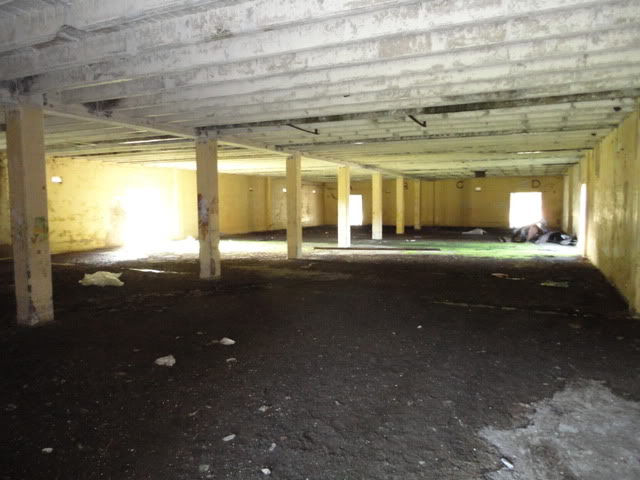Workers at the factory used to manufacture mustard gas and while trying to find ways of developing uranium. By November 1942, they were making 40,000 mustard gas shells per week and some of the scientists who worked there were sent to develop the first nuclear weapon for the Manhattan Project.
Rhydymwyn Valley was almost impossible to notice from the air, as it was hidden nearby woodland, in rural North Wales and it is the only chemical weapons factory to escape Hitler’s Luftwaffe bombers. The factory was built by the British Government in 1939, at the outbreak of World War Two, at the cost of £546,000.
In the 1950s, the factory was used by several governmental departments as a storage facility until 1994, when it was closed down. Some of the things left by the workers inside have been recently found; among them, a worker’s jacket, inside its pocket a pack of cigarettes and other old and ancient machines, used when the factory was in operation.
Mathew Growcoot, a photographer from Birmingham, discovered most of these items, including a stash of old documents containing a series of drawings revealing the structure of the building and some other specific building requirements. It was a special experience for Mathew, 24, who said he could feel the history surrounding him and was very excited to explore the site and see all the old documents and clothes left behind by workers, the Mail Online reports.
‘I couldn’t believe my eyes when I saw the jacket hanging up,’ he said and then he took it to light, outside the building so he could take a photograph and that was when he noticed there was a pack of cigarettes inside the pocket. He said it felt so real all of a sudden, as if everything was brought to life by that little thing he found. Mathew believes all history students should engage with their subjects just like he did.
While the approval from the UK Treasury for the development of nuclear and chemical weapons was given on August 27th 1939, by November 1942, the production of mustard gas shells reached 40,000 25lb pieces per week. Then, from 1942 to 1944, scientists tried to find ways of developing the uranium necessary for the atomic bomb, while some of them were sent to work on the Manhattan Project. The mustard gas shells caused large blisters to skin and lungs and those who worked on their manufacturing had to strip completely before entering the labs.
The last survivor who worked in the factory was Rosina Parry, a weapons inspector. During an interview with BBC in 2010, she said she was responsible with checking the bombs, making sure they weren’t damaged in any way. ‘We knew you couldn’t have any leaks. You only needed a little spot and you’d be burned,’ she said.
